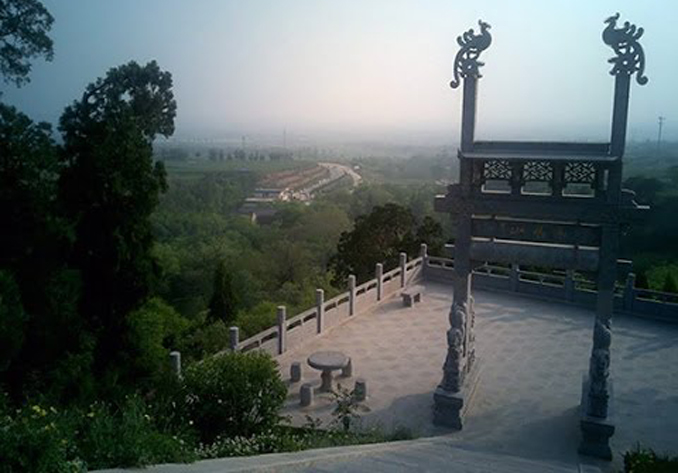Written by: Luo Zhewen
Posted on: May 27, 2015 | 
Zhouyuan Museum, China
The Zhouyuan Museum was built on the foundation of the Zhouyuan excavation site. It was formerly the site of two Cultural Relics Protection and Management Institutes called Zhouyuan Qishan and Fufeng. In 1986, these were combined to form the Zhouyuan Museum, which is located in Fugang County, Famen Town, Shaochen Village.
The Zhouyuan Museum's exhibitions are divided into indoor and outdoor components. The outside exhibitions are mainly the Village Ancestral Temple and the Shaochen Village Palace, a large-scale architectural grouping. These provide a valuable resource for researching Western Zhou architecture and technology, and the political, economic and cultural systems of the court at that time. These have helped fill in the void which existed in ancient Chinese architectural history.

The indoor exhibitions mainly include the Zhouyuan Excavated Artifacts Exhibit, the Zhouyuan Historical Cultural Relics Exhibit, the Western Zhou Calligraphy and Arts Exhibit, the Western Zhou Wine-Culture Exhibit, and the special exhibit at Famen Temple, called the Zhouyuan Precious Cultural Relics Special Exhibit. These exhibits display some 3,000 items excavated at the Zhouyuan site, including bronze, jades, bones, ceramics, tortoise shells and scapula bones used for divination, and so on.
At the exhibition, people can view various bronze items from three-thousand years ago. One has 284 characters inscribed on the bottom of its interior, relating the history of six previous kings of Western Zhou and the important accomplishments of the seventh king, in power at the time the bronze was made. It also records the family history of the owner of the vessel, providing reliable data for researching Zhou-dynasty history.
In the exhibit, people can also see valuable Western Zhou "jiaguwen" or oracle bone inscriptions, which record the relations between Zhou people and the Shang court, as well as other countries. In the calligraphy section, western Zhou calligraphy that has been excavated in recent years is also on display.
You may also like: